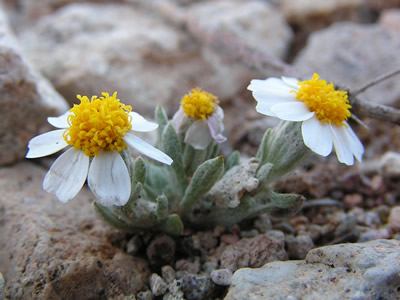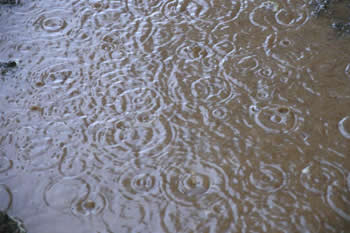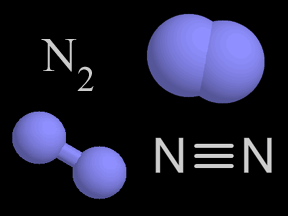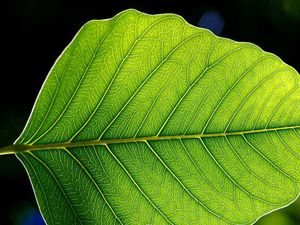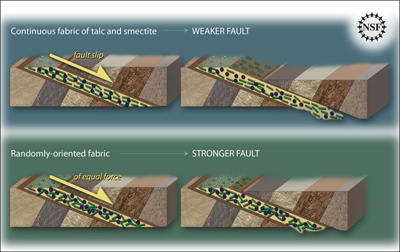Click on image for full size
Image Courtesy of Jonathon Horst
Even in the Desert, Plants Feel the Heat of Global Warming
Scientists who study plants in the Sonoran Desert are worried about global warming.
While desert winters have become warmer and drier over the years, climate changes have pushed the arrival of winter rains later in the winter season, forcing some winter annual plants to come out when temperatures are colder.
In 1982, Larry Venable, an ecologist at the University of Arizona (UA) in Tucson, began an investigation on "bet-hedging" in plants. Bet-hedging is an adaptation seeds make that allows them to remain dormant for a period of time if conditions in the environment make germination and survival less likely. This delay can be caused by lack of rainfall, lack of nutrients, temperatures that are too hot or too cold, or any other condition that would affect the survival of a seed. Bet-hedging allows a plant to improve chances of survival.
The later arrival of Sonoran desert winter rains pushes the germination of the winter annuals later into the year and has affected the types of winter annuals that do well there. Researchers measure carbon and nitrogen in the plants' leaves to learn how well the various species grow at winter's lower temperatures. The amount of carbon in a plant's leaves tells scientists how well a plant has adapted to water storage in cold weather. Higher amounts of nitrogen can mean that the plant is better at gathering light in cold weather and is better able to photosynthesize.
If plants are better at photosynthesis, they are more able to use energy from sunlight and convert it into food, which improves the plant's chances for survival. They also found that plants that are better at storing water do better in colder environments.
If the later arrival of winter rains continues, the germination of the winter annuals will continue to occur later in the year, and the plant community will continuously change and favor plants that do well in colder environments.


